Melania Trump Orders Large Portion Of Historic White House Tree Removed Due To Decay
First Lady Melania Trump has made the call to remove a significant part of a historic magnolia tree that has graced the White House’s south facade since the 1800s.
President Andrew Jackson added the southern magnolia tree to the White House grounds in honor of his late wife. But the tree has decayed to a point where it can no longer be safely preserved, CNN reports.
Stephanie Grisham, Trump’s spokeswoman, told The Associated Press on Tuesday that the first lady discussed options with White House staff and reviewed an analysis by the United States National Arboretum before deeming that the tree was a safety risk.
“[Melania Trump] trusted that every effort had been made to preserve the historic tree, and was concerned about the safety of visitors and members of the press who are often standing right in front of the tree during Marine One lifts,” Grisham told the AP.
Grisham said that a “large portion” of the tree will be removed later this week. Wood and seedlings from the tree will reportedly be preserved for the future.
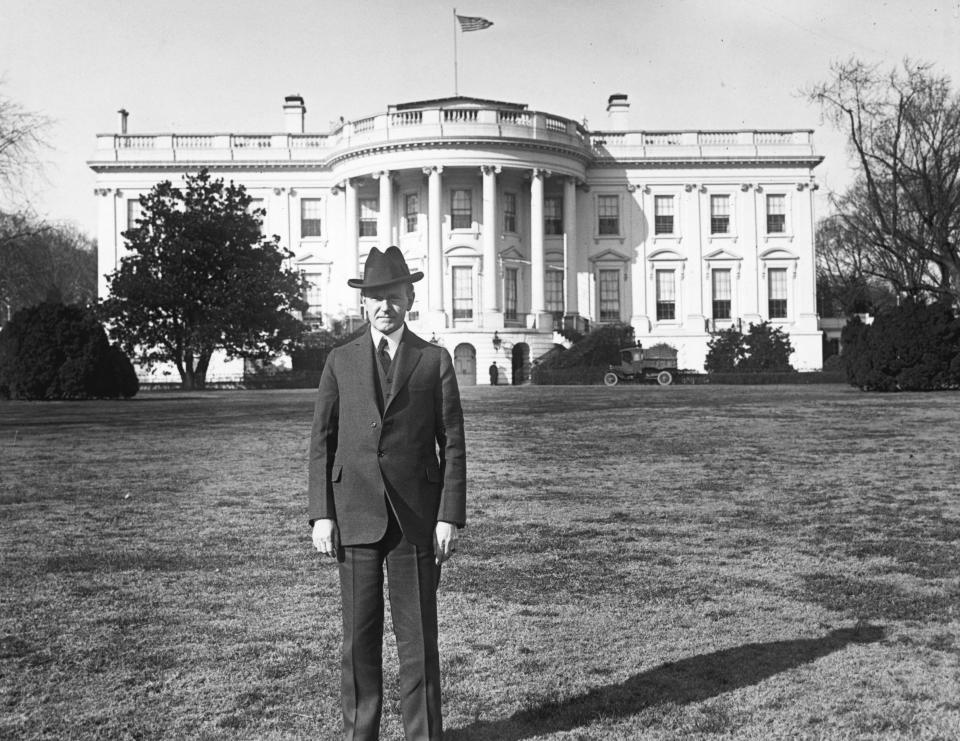
The Jackson Magnolia, also known as a magnolia grandiflora tree, was Andrew Jackson’s tribute to wife Rachel Jackson. The pair fell in love and attempted to get married while Rachel was still legally married to her former husband, a situation that caused a scandal during the presidential campaign of 1828. Rachel’s health began to decline as Jackson’s political career progressed, and her existing medical issues were compounded by personal attacks during the campaign on her marriage and virtue.
Rachel died on December 22, 1828, days after her husband was elected as president. Jackson, who blamed his political enemies for his wife’s death, moved into the White House as a widower. He reportedly asked for a sprout from Rachel’s favorite magnolia tree at the couple’s farm in Tennessee to be planted on the White House grounds. It was placed at the west side of the South Portico in 1835, according to the White House Historical Association.
A second magnolia tree was later planted on the east side of the Portico, for symmetry.
Since its arrival, the tree has been in the backdrop of many events at the White House ― from Easter Egg Rolls to routine Marine One departures. Seedlings from the tree have also been used as gifts. President Obama gifted a seedling from the tree to the Israeli people during a trip to former Israeli president Shimon Peres’ presidential residence in 2013.
The Jackson Magnolia started to experience problems in the 1970s, when new trunks, or “leaders,” began to emerge from its base. Cement was later used to help shore up a cavity in the tree, which ended up causing more harm. The tree is now standing up with the help of a pole and cable system.
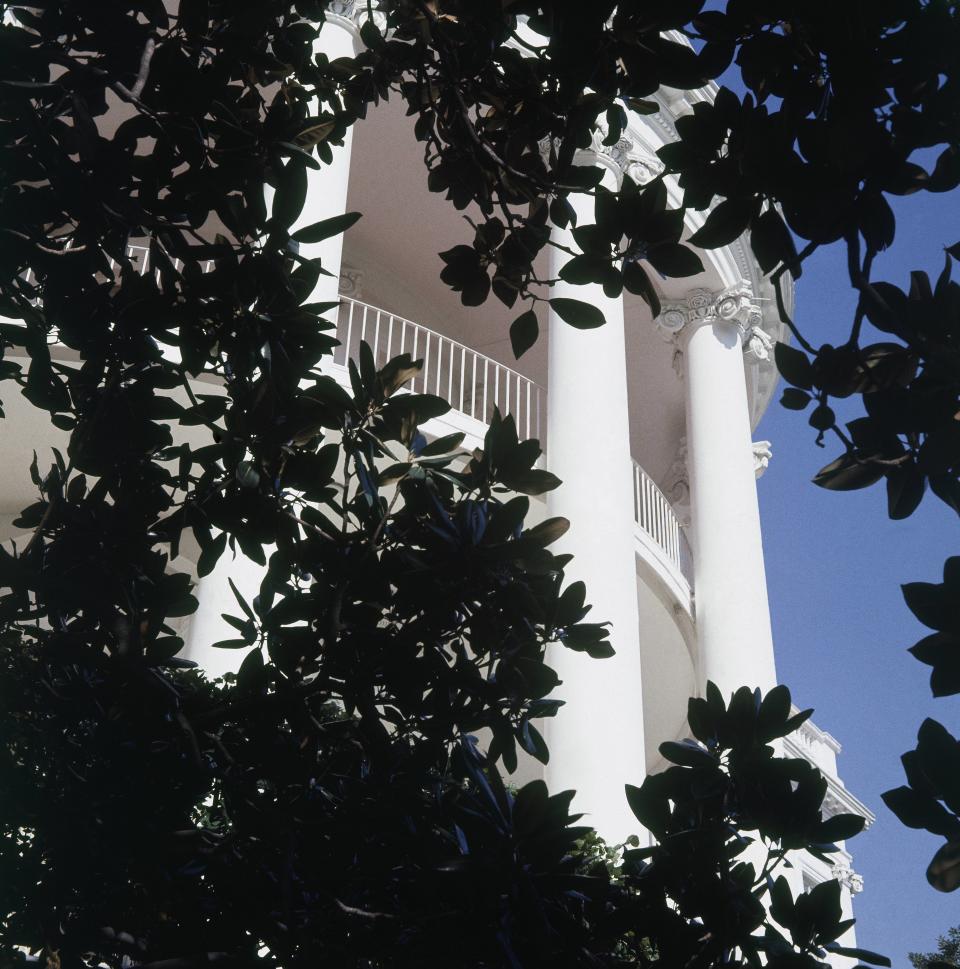
According to a report obtained by CNN, experts at the Arboretum told Trump that this system can no longer prevent the tree from collapsing ― and that the tree may actually be a safety hazard.
“If this was any ordinary tree, it would have been removed long ago,” the report from the Arboretum reads. “We understand this is a historic tree, and all measures have been used to save it to this point in time. While we cannot comment on the need to preserve the tree as long as it stands, we believe eventually, the tree will fail.”
The White House said on Tuesday that seedlings from the original tree will be available in the future, if another tree needs to be planted on the lawn.
CORRECTION: In a previous version of this story, a wire photo caption misidentified a Japanese magnolia tree as a Southern magnolia.
Also on HuffPost
Love HuffPost? Become a founding member of HuffPost Plus today.

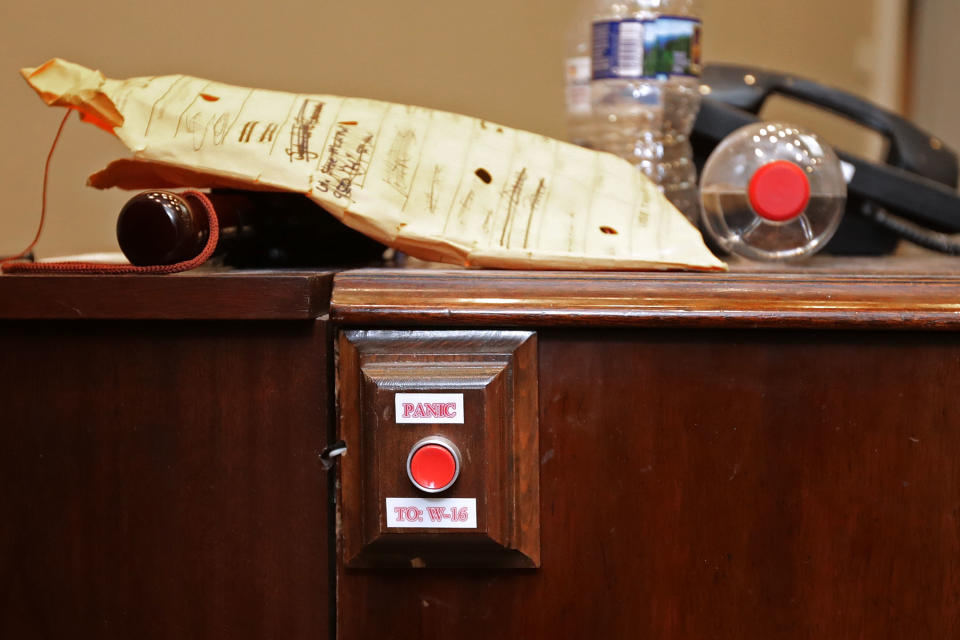
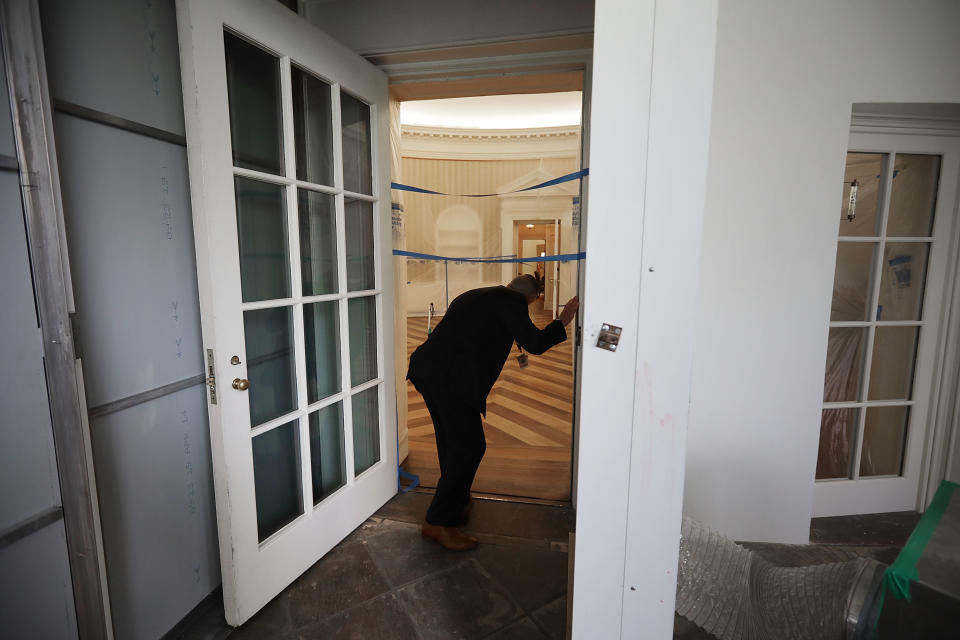

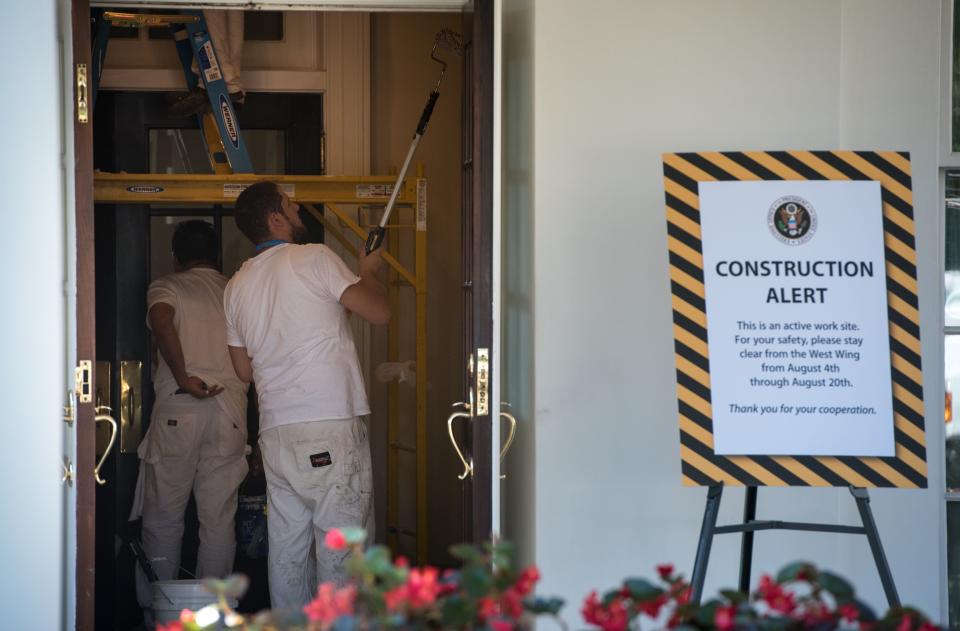

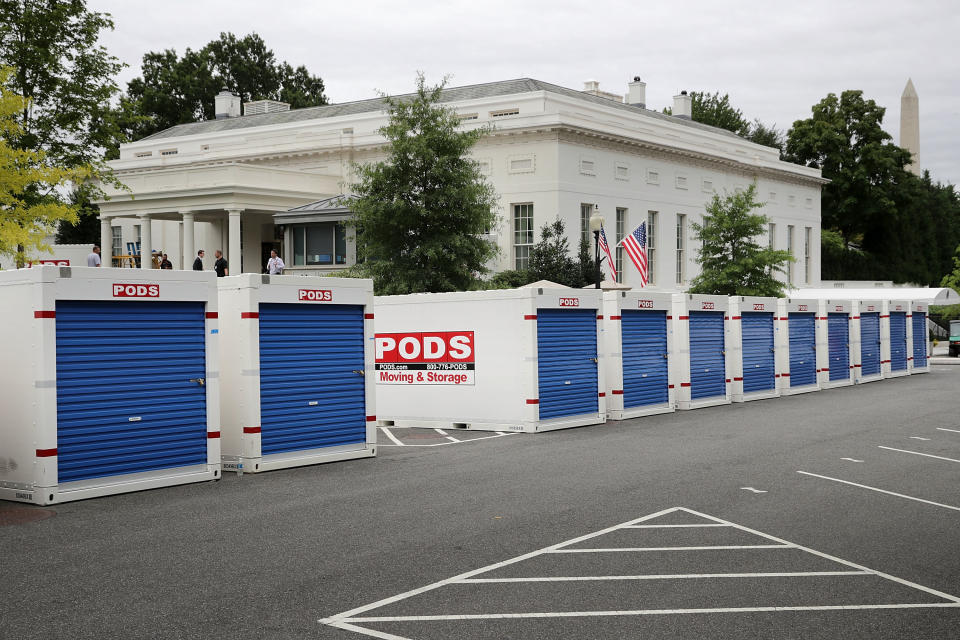
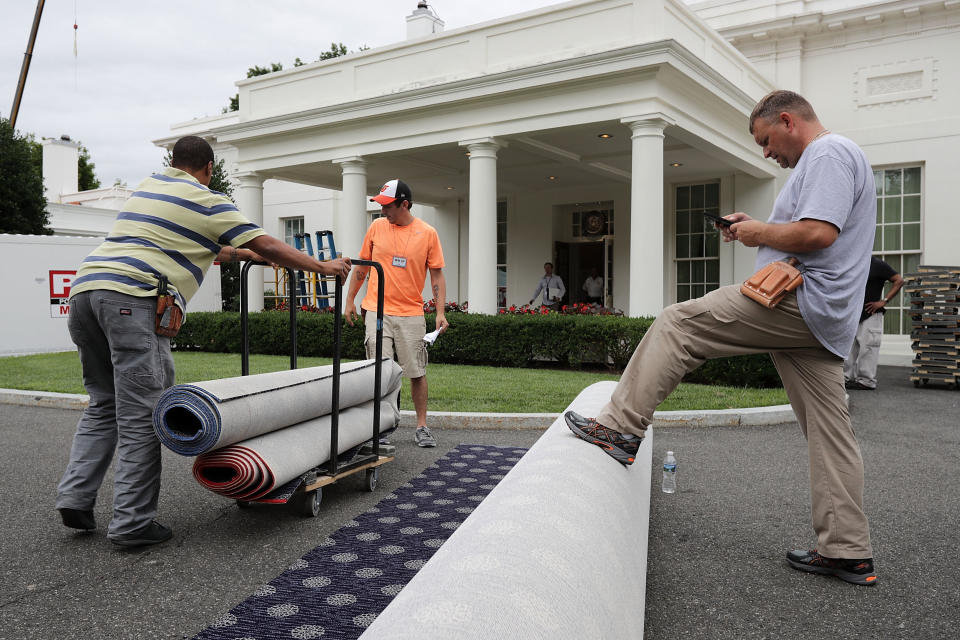

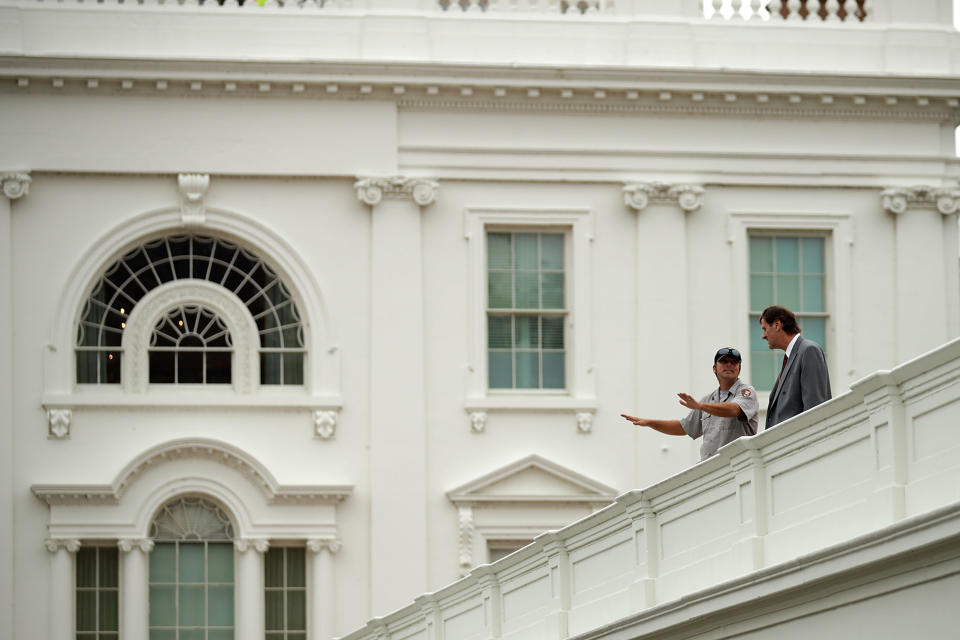

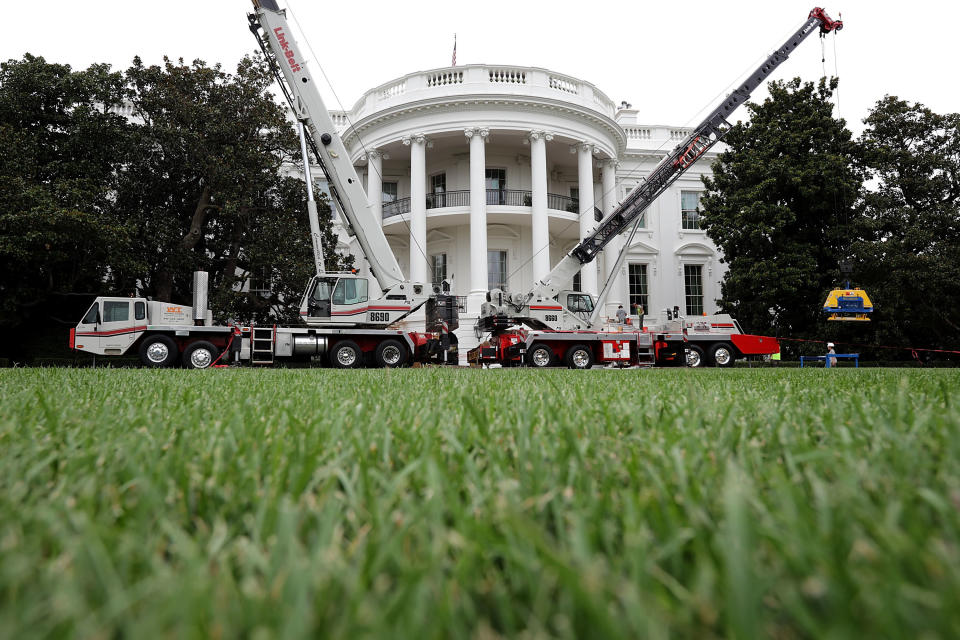
This article originally appeared on HuffPost.

